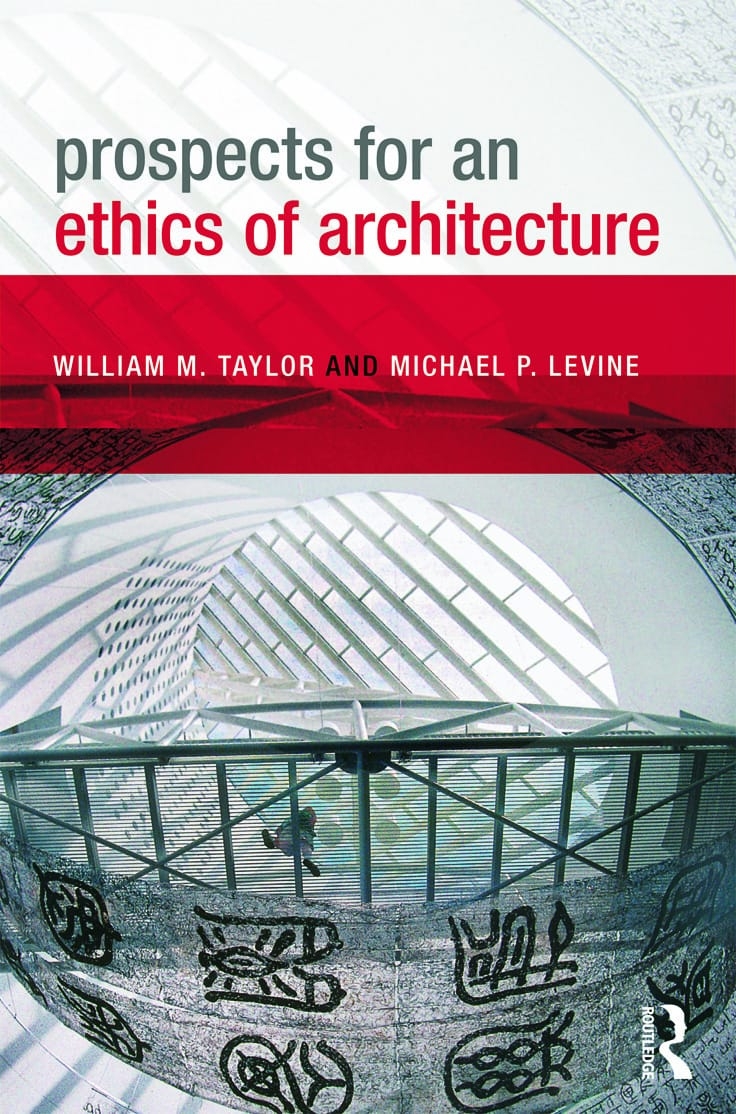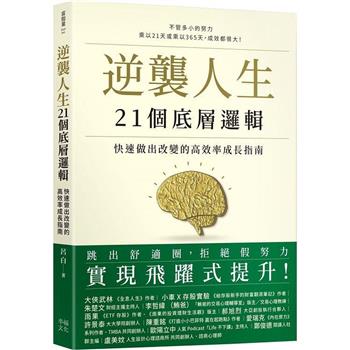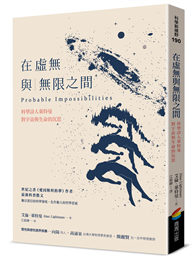Architects and designers are responsible for creating a built environment capable of enhancing certain values and undermining others. Thus this book examines the way in which the ethics of the built environment can be thought about and its connection to well being.
Bringing together the reflections of an architectural theorist and a philosopher, this book is less concerned with absolutist understandings of the two components of ethics, a theory of 'the good' and a theory of 'the right', than with remaining open to multiple relations between ideas about the built environment, design practices and the plurality of kinds of human subjects (inhabitants, individuals and communities) accommodated by buildings and urban spaces.
By way of opening up speculation on ethics and the built environment, the book calls into question the narrowness of some theory, thereby reinforcing hopes that the study of architecture and ethics can promote forms of activism and efforts aiming for improved living conditions, the meaningful and honest commemoration of historical events and urban renewal.
Revisiting debates over famous architectural designs such as Maya Lin's Vietnam Veterans Memorial and New Urbanism's quest for community, the book establishes a conceptual and ethical framework for understanding these and other circumstances that have shaped or will shape our lives.
By exploring the notion that architecture and design can, and possibly should, in their own right, make for a distinctive form of ethical investigation, this book encourages philosophers and architects, scholars and designers alike, to reconsider what they do as well as what they can do in the face of challenging times.
| FindBook |
有 2 項符合
Prospects for an Ethics of Architecture的圖書 |
 |
Prospects for an Ethics of Architecture 作者:Taylor,William M./Levine,Michael P. 出版社:Taylor & Francis 出版日期:2011-02-02 語言:英文 規格:平裝 / 217頁 / 15.9 x 23.5 x 0.6 cm / 普通級 |
| 圖書館借閱 |
| 國家圖書館 | 全國圖書書目資訊網 | 國立公共資訊圖書館 | 電子書服務平台 | MetaCat 跨館整合查詢 |
| 臺北市立圖書館 | 新北市立圖書館 | 基隆市公共圖書館 | 桃園市立圖書館 | 新竹縣公共圖書館 |
| 苗栗縣立圖書館 | 臺中市立圖書館 | 彰化縣公共圖書館 | 南投縣文化局 | 雲林縣公共圖書館 |
| 嘉義縣圖書館 | 臺南市立圖書館 | 高雄市立圖書館 | 屏東縣公共圖書館 | 宜蘭縣公共圖書館 |
| 花蓮縣文化局 | 臺東縣文化處 |
|
|
圖書介紹 - 資料來源:博客來 評分:
圖書名稱:Prospects for an Ethics of Architecture
|











